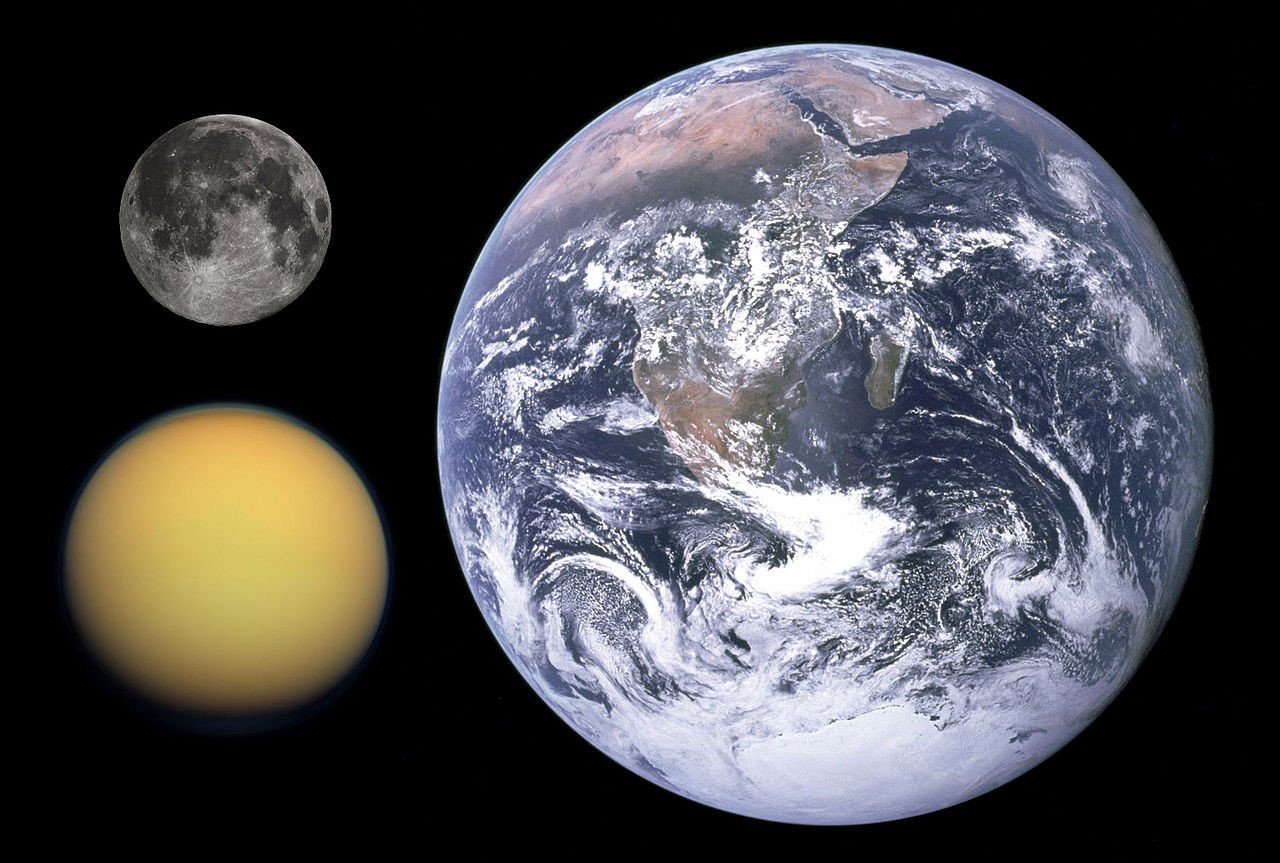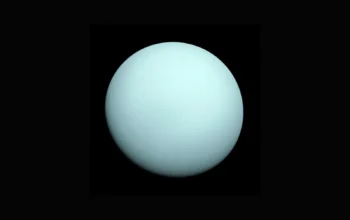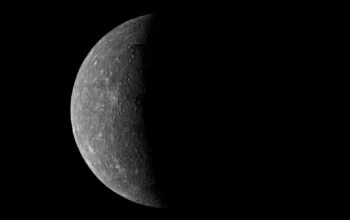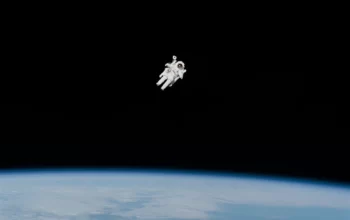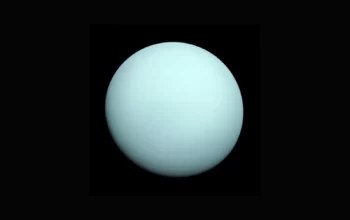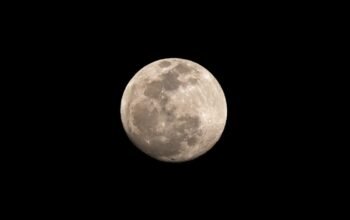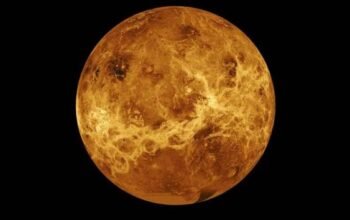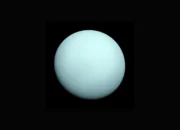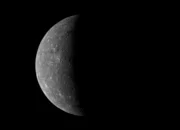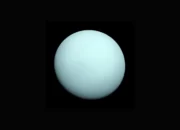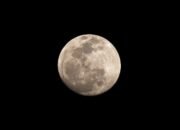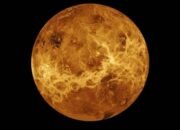middleportal.com – When it comes to celestial bodies, few can rival the intrigue and mystery of Saturn’s largest moon, Titan. With its unique atmosphere, diverse geological features, and potential for harboring life, Titan has captured the imagination of scientists and space enthusiasts alike.
One of the most fascinating aspects of Titan is its size. Measuring 5,149.46 kilometers (3,199.73 mi) in diameter, Titan is larger than the planet Mercury, the Moon, and even Mars. However, when compared to Earth, Titan is significantly smaller, with a diameter only 0.40 times that of our home planet.
Despite its relatively diminutive size, Titan holds the distinction of being the tenth-largest object in the entire solar system, including the mighty Sun. This fact alone speaks volumes about the diversity and grandeur of our cosmic neighborhood.
But what makes Titan truly remarkable is not just its size, but its composition and atmosphere. Unlike any other moon in our solar system, Titan boasts a thick atmosphere primarily composed of nitrogen, with traces of methane and other hydrocarbons. This hazy atmosphere gives Titan an otherworldly appearance and has piqued the interest of scientists for decades.
Furthermore, Titan’s surface is a veritable treasure trove of geological wonders. From vast dunes of organic material to liquid methane lakes and rivers, Titan’s landscape is a testament to the dynamic forces at play on this enigmatic moon. The presence of liquid on the surface, albeit not water, raises intriguing questions about the potential for life beyond Earth.
Scientists have long speculated about the possibility of life on Titan. While the extreme cold and lack of liquid water make it inhospitable for life as we know it, some researchers believe that methane-based organisms could potentially thrive in Titan’s unique environment. The discovery of complex organic molecules on the moon’s surface has only fueled this speculation further.
Exploring Titan and unraveling its mysteries is no easy feat. The Cassini-Huygens mission, a collaboration between NASA and the European Space Agency, provided us with invaluable insights into this distant moon. The Huygens probe, which successfully landed on Titan’s surface in 2005, transmitted valuable data and images, giving us a glimpse into this alien world.
As we continue to push the boundaries of space exploration, Titan remains a tantalizing destination for future missions. The potential for discovering new forms of life and unlocking the secrets of our solar system make Titan an enticing prospect for scientists and adventurers alike.
